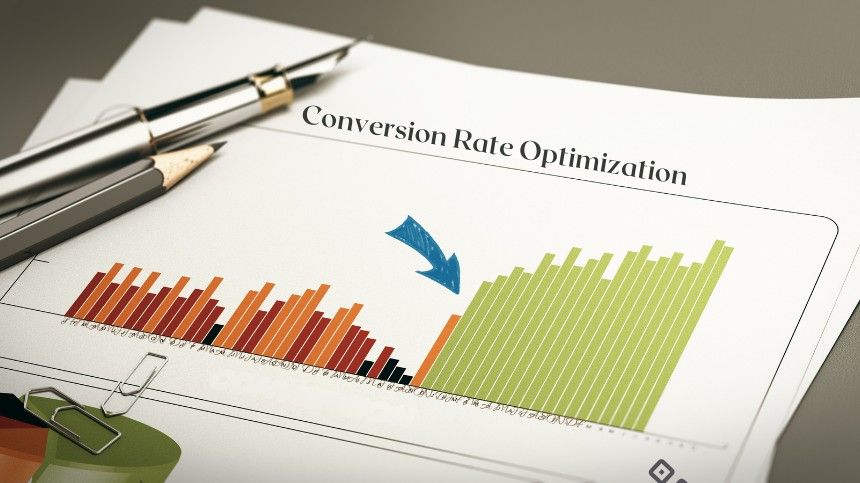The reality is that when you’re a small business owner, every penny matters. You’ve likely glanced at your website before and wondered, “Is this thing even doing what I want it to do for MY type of customers?”
But expensive user testing consultants make your wallet weep a tear. Good news, however: you don’t have to spend a fortune to find out what your users actually think of your website.
DIY user testing is not only feasible; it is also quite achievable, even with a modest budget. Here’s what most business owners don’t know: some of the biggest insights can stem from scrappy & simple testing approaches that won’t cost you thousands. Read More





